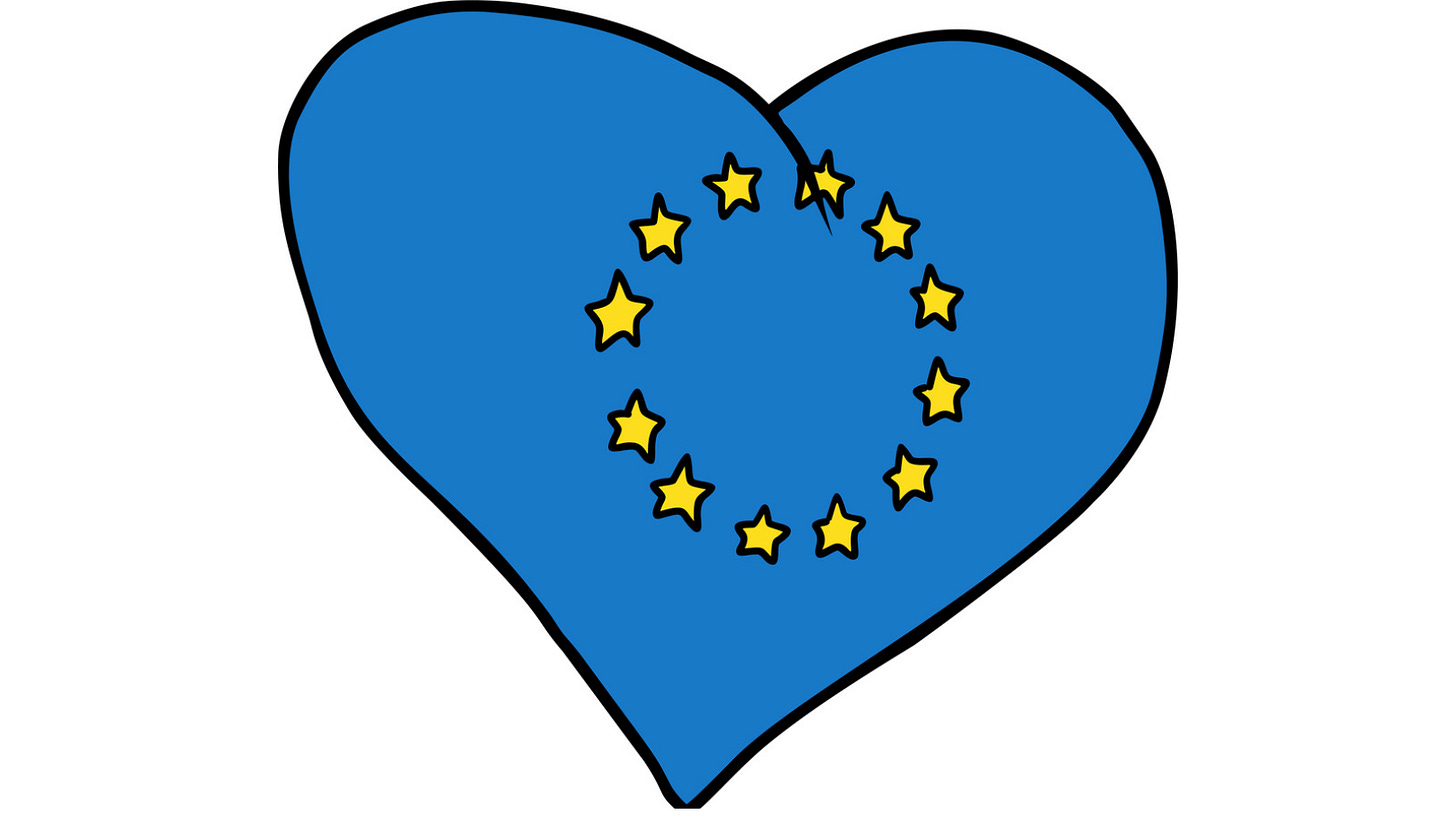Where the EU is positively perceived and why: Poznań
Considering the growing disconnect between public institutions and the people, we should be asking how and to what extent the EU materially impacts the life of its citizens instead of dwelling by default on higher level questions. Expert-led discussions of complex and controversial issues are out of touch with the everyday challenges of ordinary people, contributing to Euroscepticism. But in some areas where the EU has had a more tangible impact on citizens’ well-being, it is also more positively perceived. With this in mind, I sought out the perspective of those who are immediately in charge of running the affairs of municipalities. I spoke with Jacek Jaśkowiak, a member of the Polish Civic Platform and since 2014 mayor in Poznań. He generously and thankfully consented to an interview, which I have condensed in this review.
Poznań is Poland’s fifth largest city with about 540 000 inhabitants and about 800 000 in the greater metropolitan area. The city is traditionally a liberal champion in the Polish political landscape – this thanks in part to a large and vibrant university population of about 120 000 students and graduates. The International Fair Organisation which has been in existence for 85 years is a further tangible token of Poznań’s openness to the world. The town has been a democratic “bastion”, as Mr Jaśkowiak proudly says, during all the eight years of PiS (Prawo i Sprawiedliwość, Law and Justice) government. This stance is made possible thanks to a considerable degree of economic independence from the central administration. About two thirds of the revenues of the municipality originate from autonomous fiscal sources, while state transfers are relatively protected by Constitution rules from the whims of the government.
Profiting from the attractiveness of the economic and social environment, Poznań has not only been able to attract substantial investments from large industrial groups like Volkswagen and Bridgestone, and enter into important partnerships such as with Veolia, but also benefited from the efforts of a wide range of small to medium-sized companies. As a result, the unemployment rate is presently down to an astonishing 1 per cent while per capita income grew 14 per cent in the 5 years to 2022.
Against this general background, the administration has taken much care in fostering the welfare of its own people. Last year, an additional 230 million Euro was invested in a full renovation of the water distribution system, half of which was financed with EU money. A further 200 million Euro was committed to strengthening and modernising the transportation system. Presently, 57 electric and 25 fuel cell buses are in operation, and the cycleway network has been enlarged two-and-a-half-fold since 2015, from 136 kilometres to 333 kilometres, with the number of people actively cycling increasing from just 2 per cent to 12 per cent of the population. The greening of the municipality is also underlined by the intensive reforestation activity, which has seen the planting of some 410 000 new trees during the last 9 years, from a total of 3 million existing units.
Particular priority has been given to housing. The number of outstanding dwellings went up 17 per cent, from 251 000 units in 2015 to 293 000 at the end of 2022, thanks to a substantial acceleration of construction activity with a peak in 2021 (6 500 new units compared with. 3 600 units in 2015).
In this picture, the EU has played an essential role in providing finance for key projects. 370 million Euro in financial support has been contributed since 2015 for a new tram line connecting the north side of the town with its centre and the renovation of the main tram line connecting the eastern part. The Cohesion Fund has also provided 82 million Euro for a waste-to-energy project, and a further project is presently underway allowing the utilisation of heat from Volkswagen facilities in Poznań to service some 4 500 families.
The visibility and the very tangible character of the projects have enormously helped the municipal administration in its relationship with the population, which has quickly been able to take notice of the progress made in their town. A considerable effort has been made to stress the link with the European Union in contact with the press and other public environments. Connecting the improvements that have been achieved in the everyday lives of the people with successful and easily identifiable projects has greatly helped, as Mr Jaśkowiak stressed in the interview, to reshape the perception and “way of thinking” of the people, countering the effects of hardships encountered in the early post-communist era. The collapse of a large part of the economic fabric of the country while foreign investors first entered Polish markets had caused particular stress for older people as well as for the people living in rural areas and in smaller towns.
When asked about what could be improved in the EU offer, Mr Jaśkowiak stressed his satisfaction with what had been done so far but also the need for a larger scope of action considering the host of issues in Europe that so patently go well beyond national borders. He also stated that processes have to be designed and implemented in order to protect decision-making from the will of small and uncompromising minorities or even a single influential partner.
The picture is not yet entirely rosy in Poznań, which continues to experience a slowly declining population, but a forceful and positive lesson can be learned. Poznań’s municipal government has concentrated on delivering tangible results with substantial assistance from the European Union. But more than this, local leaders have effectively communicated the improvements to citizens’ everyday lives and the role the EU has played, making a solid case for “more Europe” in their interactions with the people.
PAR – 02,02.2024



